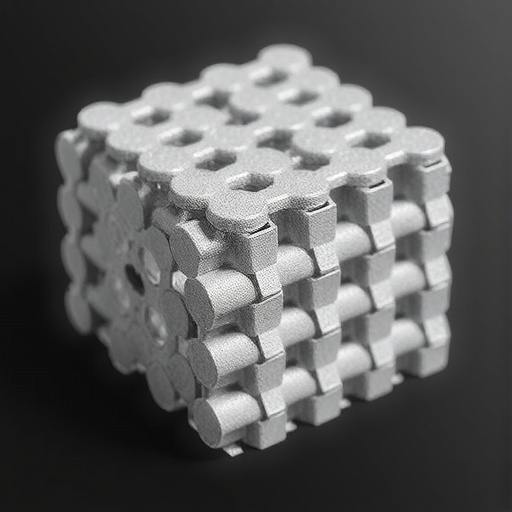Novel CC/NiFeP–CuCo-LDH Composite: A Leap Forward in Capacitive Energy Storage

As the global demand for sustainable energy solutions accelerates, breakthroughs in energy storage materials are becoming increasingly vital. One of the most promising recent developments is the creation of a CC/NiFeP–CuCo-LDH hybrid composite, a material designed to significantly enhance the performance of capacitive energy storage devices. This pioneering work brings together advanced chemistry, nanostructured materials, and innovative synthesis methods to address one of the most pressing technological challenges of our time: efficient, reliable, and scalable energy storage.
The Science Behind the Composite
At the heart of this innovation is the synergy between CC (carbon-based composite) and NiFeP (nickel iron phosphide), which together provide mechanical stability and conductive pathways for improved charge transport. The addition of CuCo-layered double hydroxides (LDH) further enhances both capacitance and cycling stability, creating a multifunctional hybrid with broad potential for advanced energy systems.
The layered structure of the CuCo-LDH component plays a crucial role, offering a large specific surface area and abundant active sites for electrochemical reactions. This architecture enables higher energy density and faster charge–discharge rates compared to many conventional storage materials.
Performance and Stability
One of the defining features of the CC/NiFeP–CuCo-LDH composite is its superior cycling stability. Energy storage devices often degrade after repeated use, but this composite demonstrates commendable resilience, maintaining high performance across numerous charge–discharge cycles. This makes it particularly attractive for long-term applications in renewable energy grids and electric vehicles.
The research also highlights the importance of uniform material distribution within the composite. A consistent microstructure ensures efficient electron and ion transport, significantly improving high-rate performance — a key metric for practical applications in fast-charging devices.
Implications Beyond Energy Storage
While the focus of this study is on capacitive energy storage, the material’s characteristics suggest applications in related fields. The composite’s layered structure, high conductivity, and stability make it a potential candidate for catalysis and environmental remediation, where efficient charge transfer and durability are equally critical.
This underscores the interdisciplinary nature of modern materials science: breakthroughs in one domain often reverberate across multiple fields, amplifying their impact.
A Step Toward a Sustainable Energy Future
As industries move toward large-scale renewable energy adoption, the need for reliable and high-capacity storage systems grows ever more urgent. The development of the CC/NiFeP–CuCo-LDH composite sets a new benchmark in the field, offering a pathway to next-generation capacitors and hybrid energy storage devices.
Looking ahead, continued interdisciplinary collaboration will be critical for translating such research into real-world solutions. By pushing the limits of material design and performance, researchers are laying the foundation for an energy infrastructure that is both sustainable and resilient.
For further details, see the original article here: Novel CC/NiFeP–CuCo-LDH Composite Exhibits Enhanced Capacitive Performance .
*This article was prepared with the assistance of AI technologies to support research communication.*
Sponsored by PWmat (Lonxun Quantum) – pioneers in GPU-accelerated simulation software, enabling breakthroughs in quantum, energy, and semiconductor materials research. Learn more: https://www.pwmat.com/en
📘 Explore our latest brochure: PWmat PDF Brochure
🎁 Free Trial Available: Request Here
📞 Phone: +86 400-618-6006
📧 Email: support@pwmat.com
#EnergyStorage #CompositeMaterials #CapacitivePerformance #NiFeP #LDH #SustainableEnergy #MaterialsScience #QuantumServerNetworks #PWmat #NextGenEnergy #Electrochemistry

Comments
Post a Comment